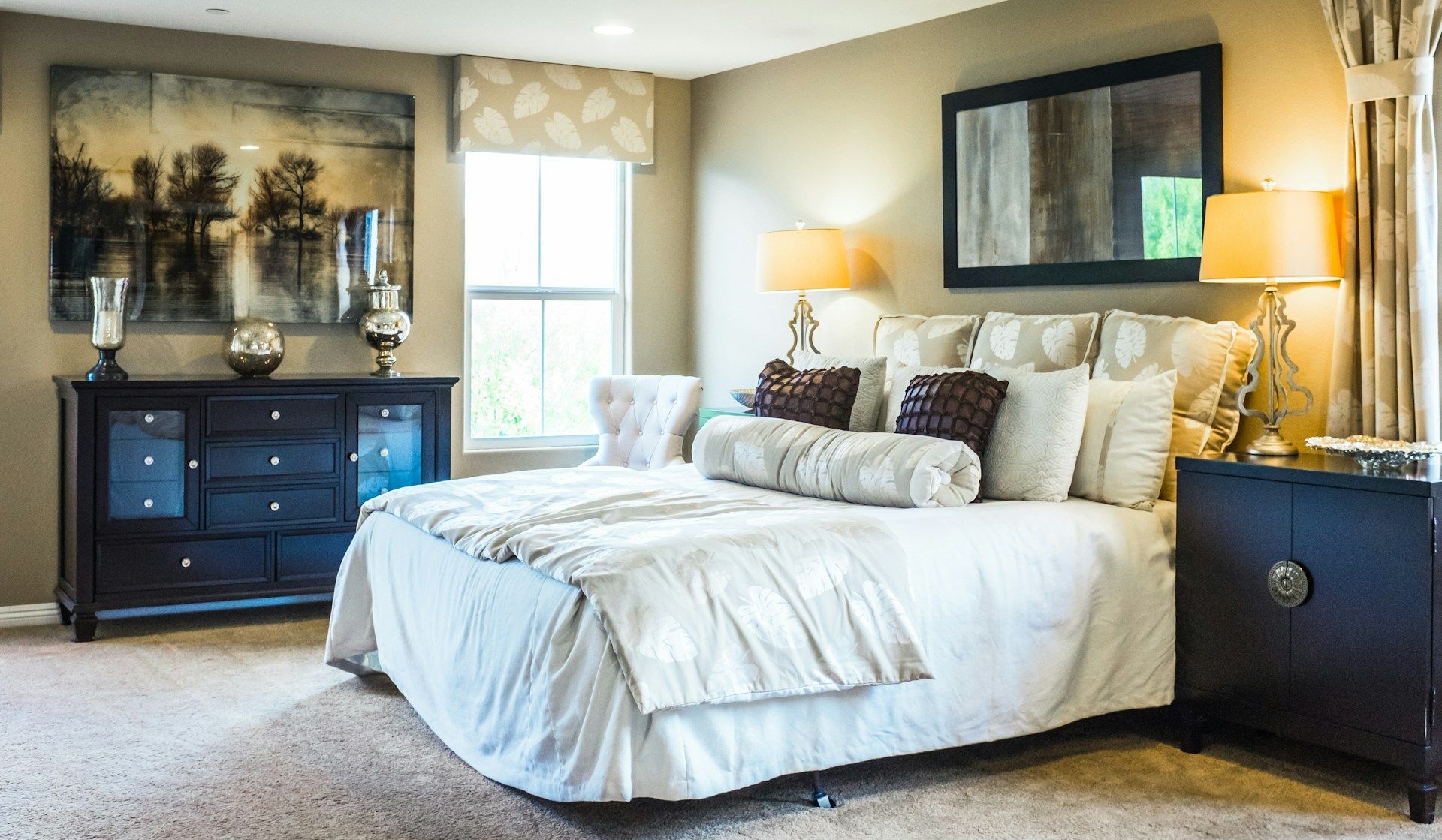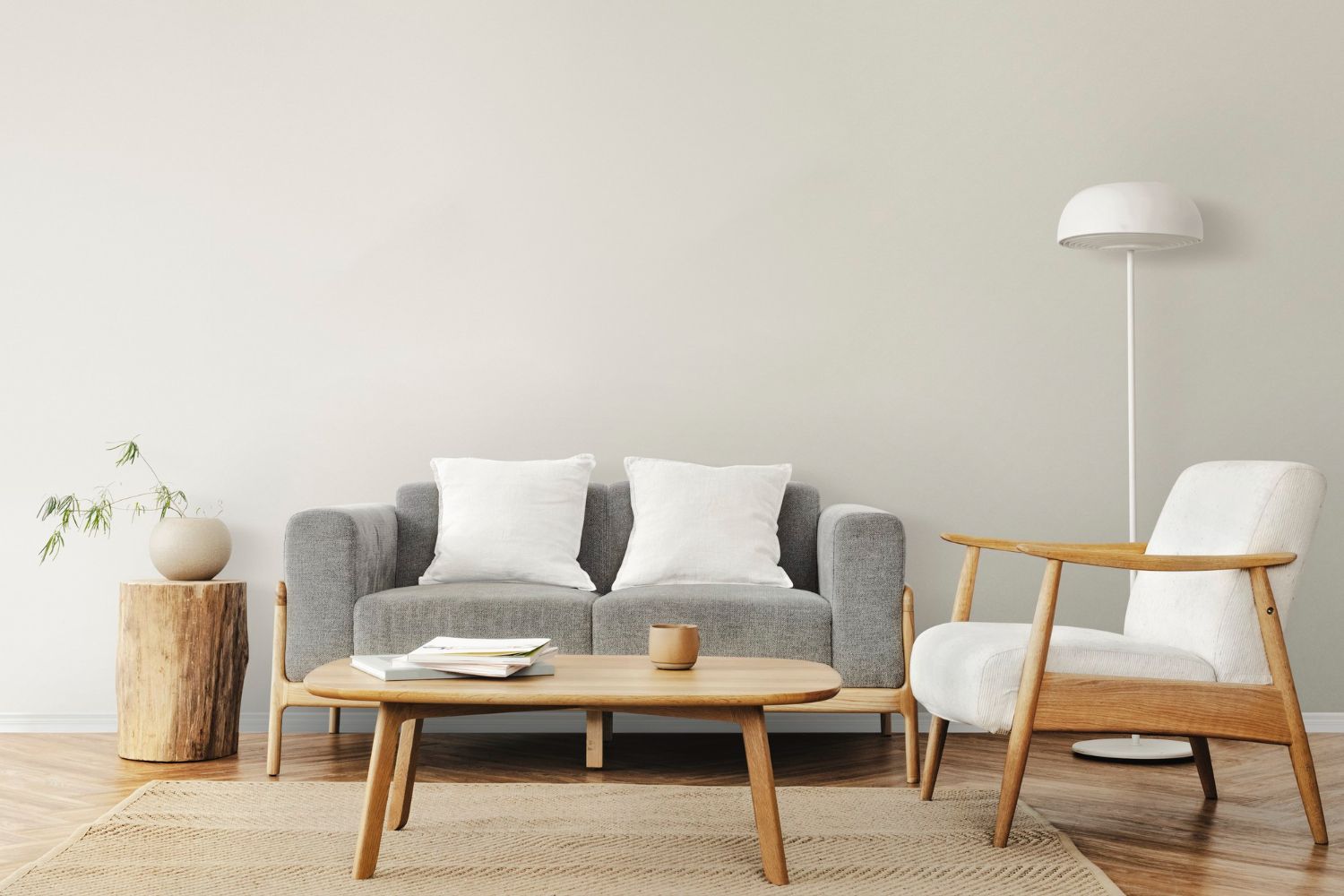Expert Furniture Placement Tips: Guidelines for a Well-Planned Space
Furniture is more than just a collection of items that add functionality and comfort to our homes. It forms an integral part of our living spaces, defining the aesthetic, feel, and flow of the room. While owning quality pieces is essential, understanding the art of arranging your furniture effectively is equally crucial in creating a well-planned, attractive, and comfortable living space.
The aim of efficient furniture arrangement is to create an inviting atmosphere, cater to practical requirements, and channel seamless movement throughout the space. These fundamental principles remain constant whether you're furnishing a cozy bedroom, a spacious living room, or a bustling kitchen. However, each room's unique characteristics, dimensions, and intended function will dictate the specifics of the arrangement.
At Owensboro Furniture, we offer an outstanding selection of top-quality, carefully chosen furniture, but we also want to equip you with valuable insights into arranging your pieces to optimize your living environment.
In this article, we dive deeper into guidelines for arranging furniture in various rooms in your home. From proven layout ideas to versatile furniture recommendations to suit individual needs, we'll guide you through creating a functional and appealing living space you’ll cherish. Let's take you on a journey through the intriguing art of furniture arrangement.
1. Mastering the Living Room Layout
As the central hub for relaxation and socializing, your living room should be arranged to foster comfort, connection, and ease of movement. Keep these tips in mind when configuring your living room furniture:
- Anchor your layout: Define your living room's seating area by placing a large area rug beneath your furniture. This creates a cohesive, inviting focal point and helps dictate furniture placement.
- Prioritize conversation: Arrange your sofa and chairs in a U-shaped or circular configuration, ensuring that seats face one another and foster face-to-face interaction.
- Optimize traffic flow: Create a clear, unobstructed path for movement around and through your living room by maintaining adequate space between furniture pieces and entry points.
- Consider symmetry: Symmetrical layouts exude a sense of balance, harmony, and order, making them ideal for formal living rooms. For a more casual atmosphere, opt for an asymmetrical arrangement that incorporates varied furniture sizes and styles.
2. Crafting the Perfect Bedroom Sanctuary
Your bedroom should be a tranquil retreat, designed with rest, relaxation, and rejuvenation in mind. Follow these guidelines to create a well-planned bedroom arrangement:
- Highlight the bed: Make your bed the focal point of the room by positioning it against the largest wall, ideally opposite the door or main window. Ensure there's ample space on either side for bedside tables and ease of access.
- Encourage circulation: Maintain adequate space around the bed and other furniture items, so as not to obstruct paths to doors, closets, or windows.
- Utilize vertical space: Maximize floor space and add visual interest by installing shelves or wall-mounted lighting above bedside tables or dressers.
- Align furniture with room dimensions: Choose furniture pieces that suit the proportions of your room. For example, a low-profile bed works well in rooms with low ceilings, while taller pieces complement high-ceilinged spaces.
3. Designing a Functional, Welcoming Dining Area
A well-arranged dining room ensures an enjoyable, unforgettable dining experience for family and guests. Keep these tips in mind as you arrange your dining room furniture:
- Size matters: Choose a dining table that provides enough seating for your household and guests while also accommodating your room's dimensions. Aim for at least 36 inches between the table and walls or other furnishings to allow sufficient space for chairs and movement.
- Optimize seating: Chairs should be positioned approximately 24 inches apart to encourage comfortable seating and avoid overcrowding.
- Lighting and focal points: Position your dining table under an overhead light fixture or chandelier for balanced illumination. Alternatively, use a vibrant centerpiece, such as a beautiful vase or artwork, to anchor your dining area and draw attention.
- Sideboards and storage: If space permits, include a sideboard, buffet, or china cabinet to store dining essentials and showcase decorative items.
4. Finessing the Home Office or Workspace
A well-designed home office or workspace can foster productivity and efficiency. Use these guidelines to tailor your office or workspace furniture arrangement:
- Prioritize functionality: Select a desk and chair that cater to your specific work needs and ergonomics. Consider incorporating additional storage solutions, such as shelving units or filing cabinets, to keep your workspace organized and clutter-free.
- Maximize natural light: Position your desk near a window to take advantage of natural light, but avoid placing it directly in front of the window to prevent glare and distractions.
- Minimize distractions: Arrange your furniture to minimize visual and auditory distractions, be it facing away from high-traffic areas or using a room divider to create a sense of privacy.
- Create a cohesive layout: Depending on your space, consider incorporating a small seating area or additional desk in an L- or U-shaped arrangement to accommodate meetings or multiple tasks.
Final Thoughts
Arranging your furniture effectively requires careful consideration of room dimensions, intended use, and design principles, resulting in a harmonious, functional, and visually appealing living space.
As your trusted furniture store in Owensboro, KY, we are eager to assist you in selecting the perfect pieces to enhance your home and complement your unique style. Check out our
furniture on sale in Owensboro, KY, to start improving your space!



